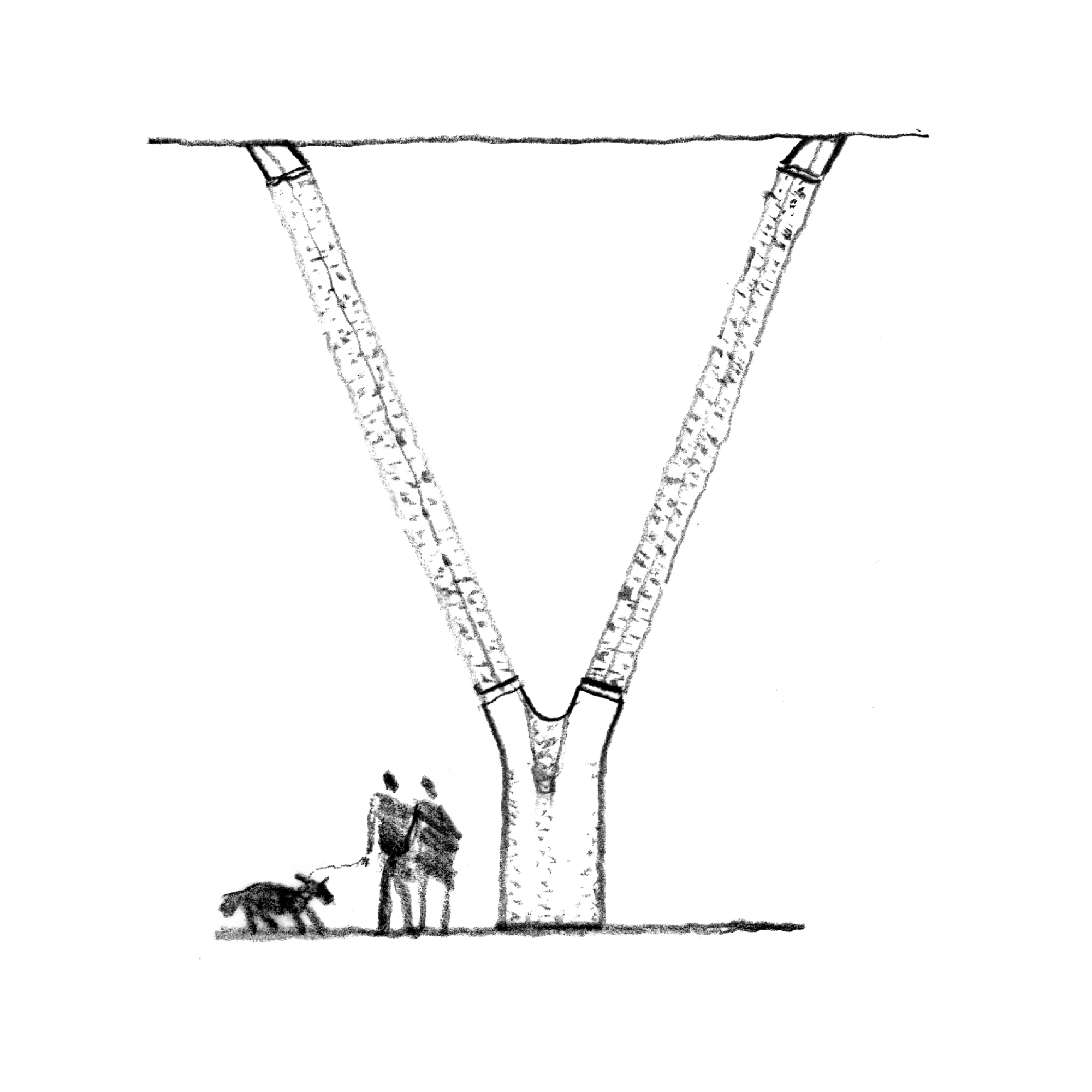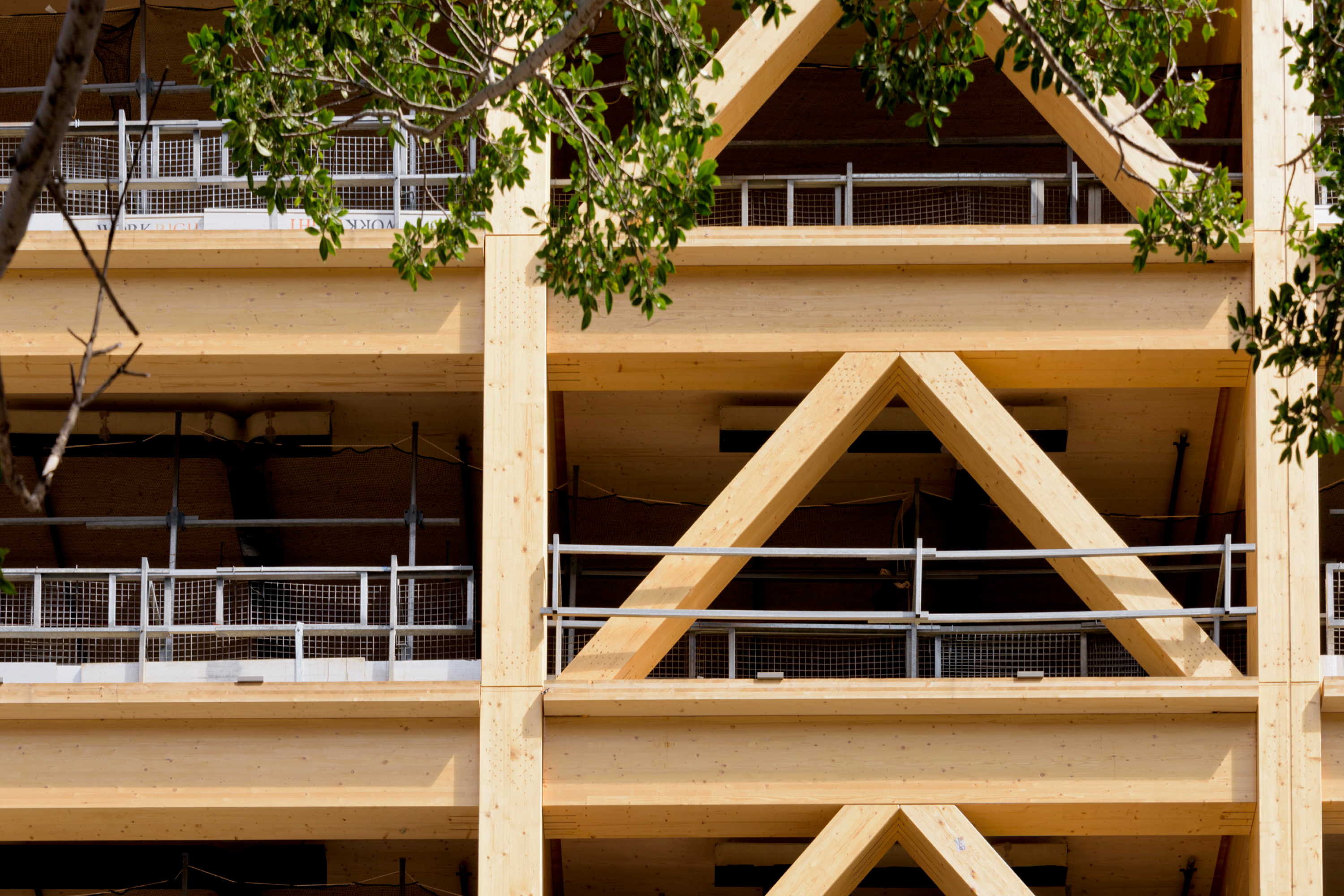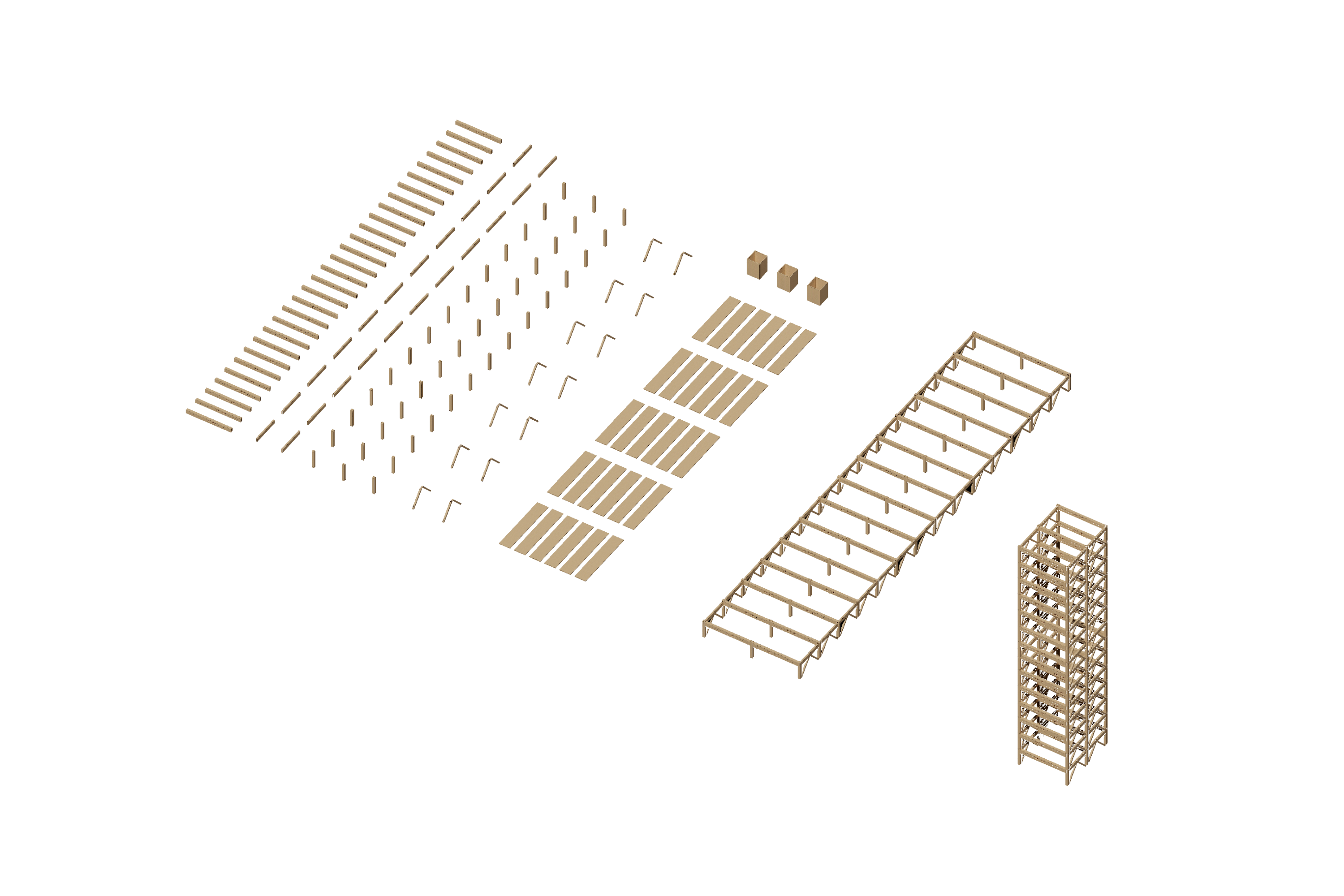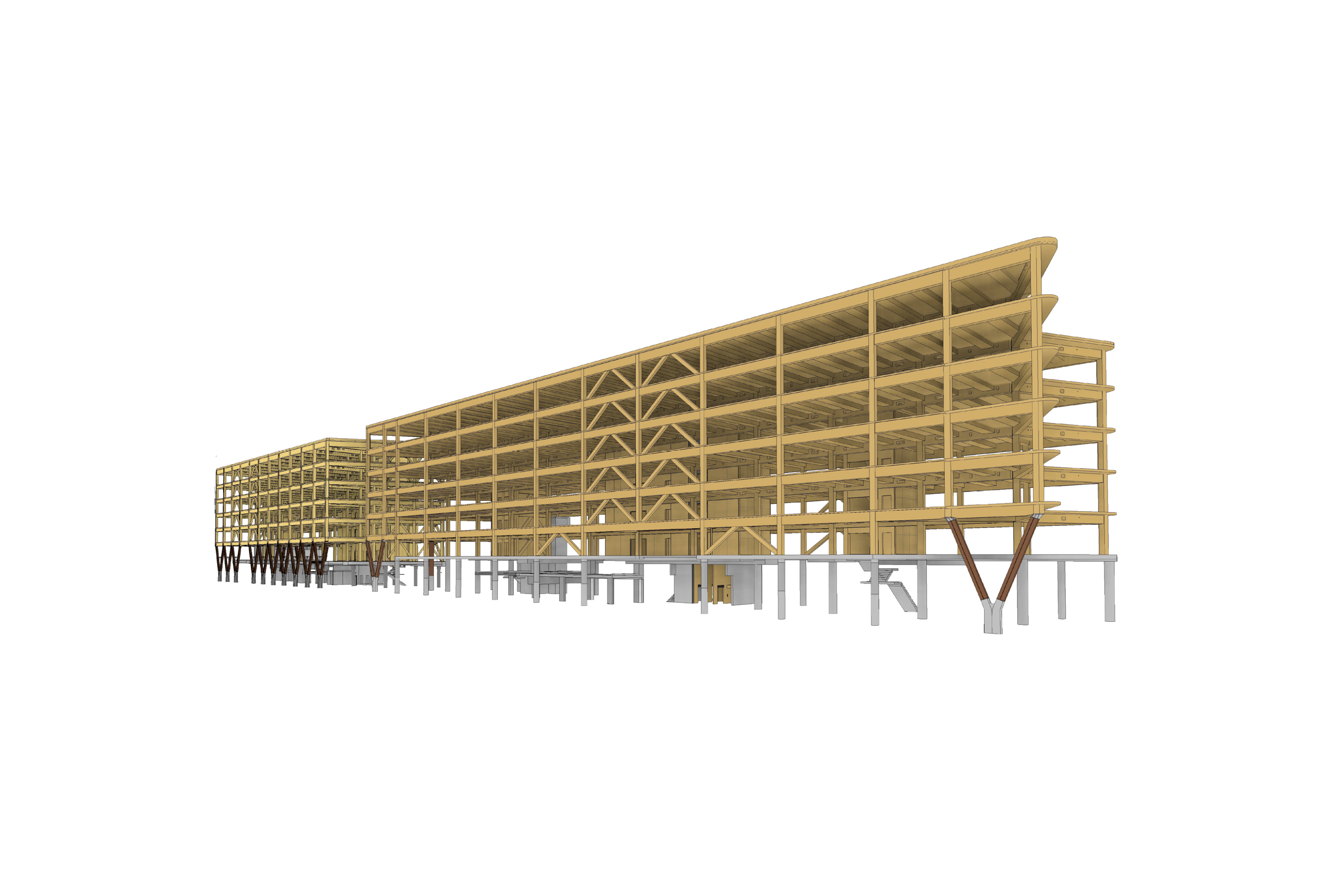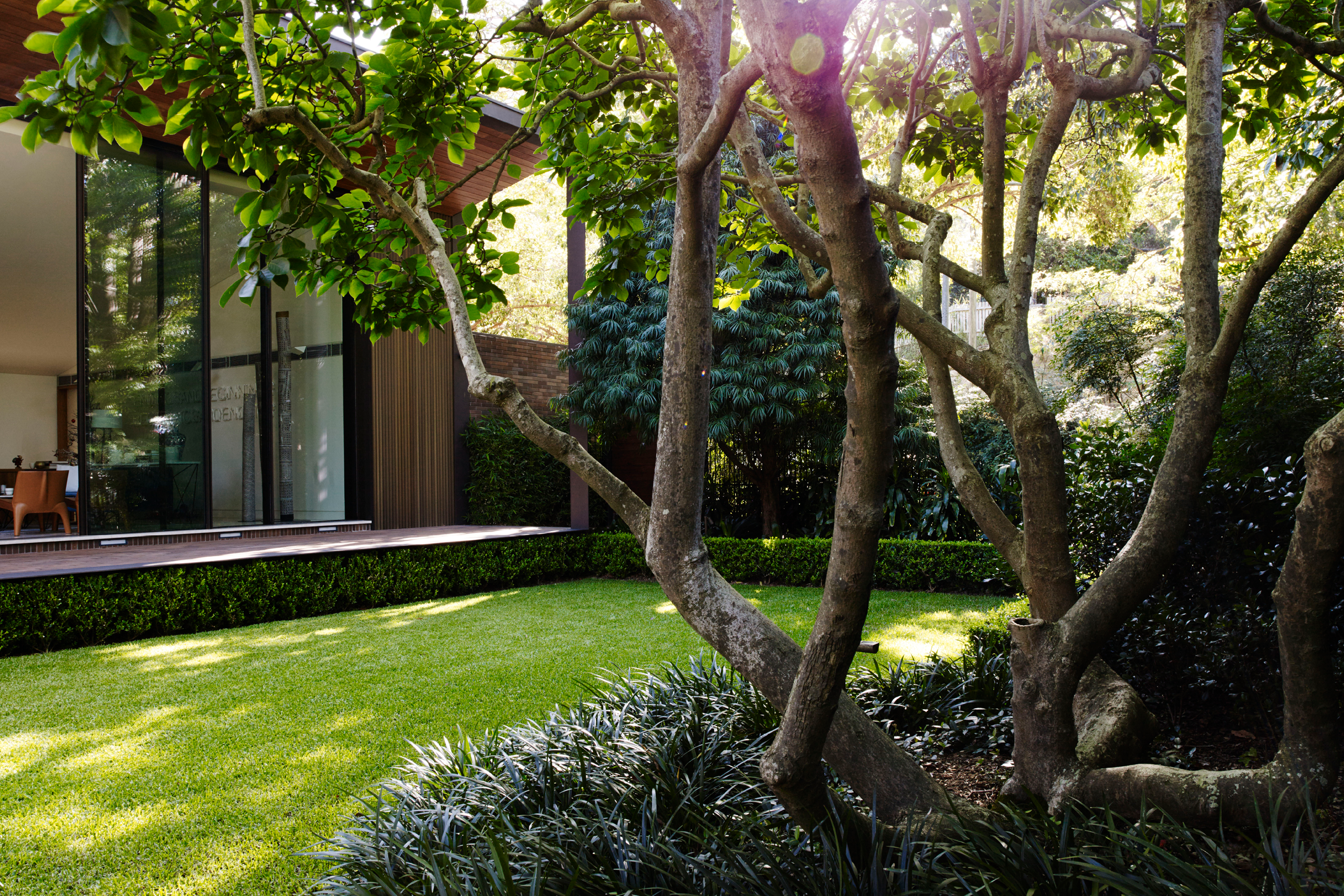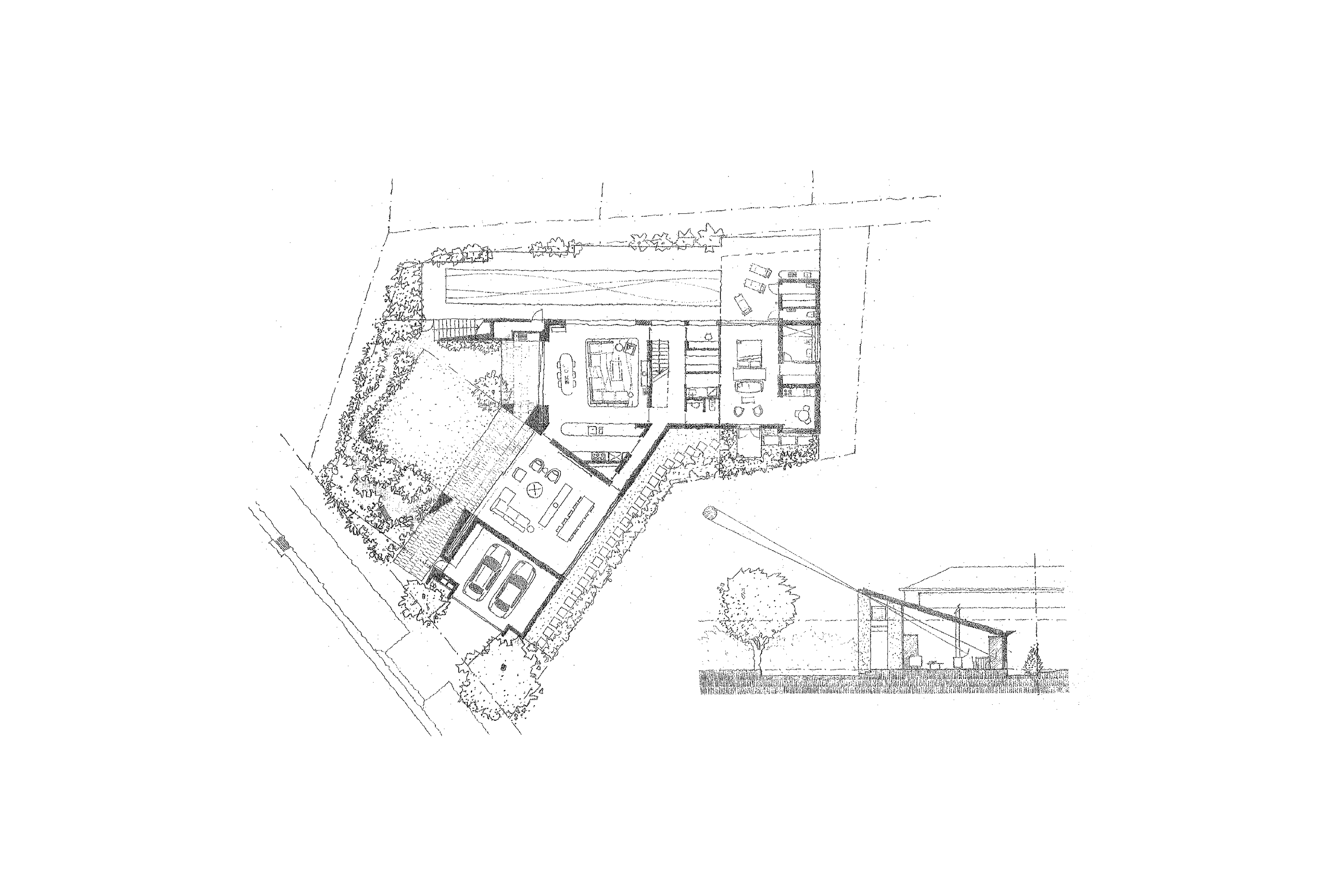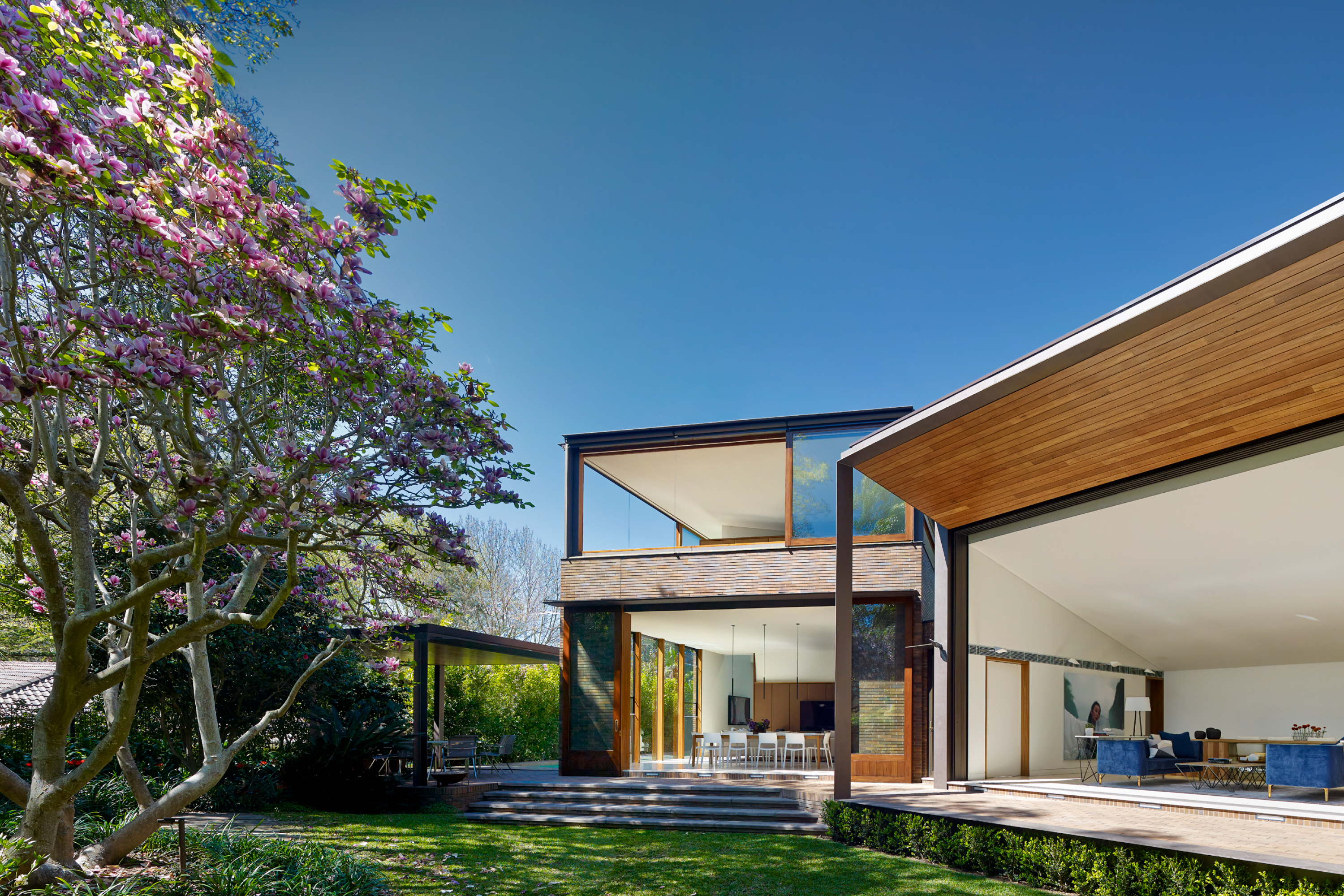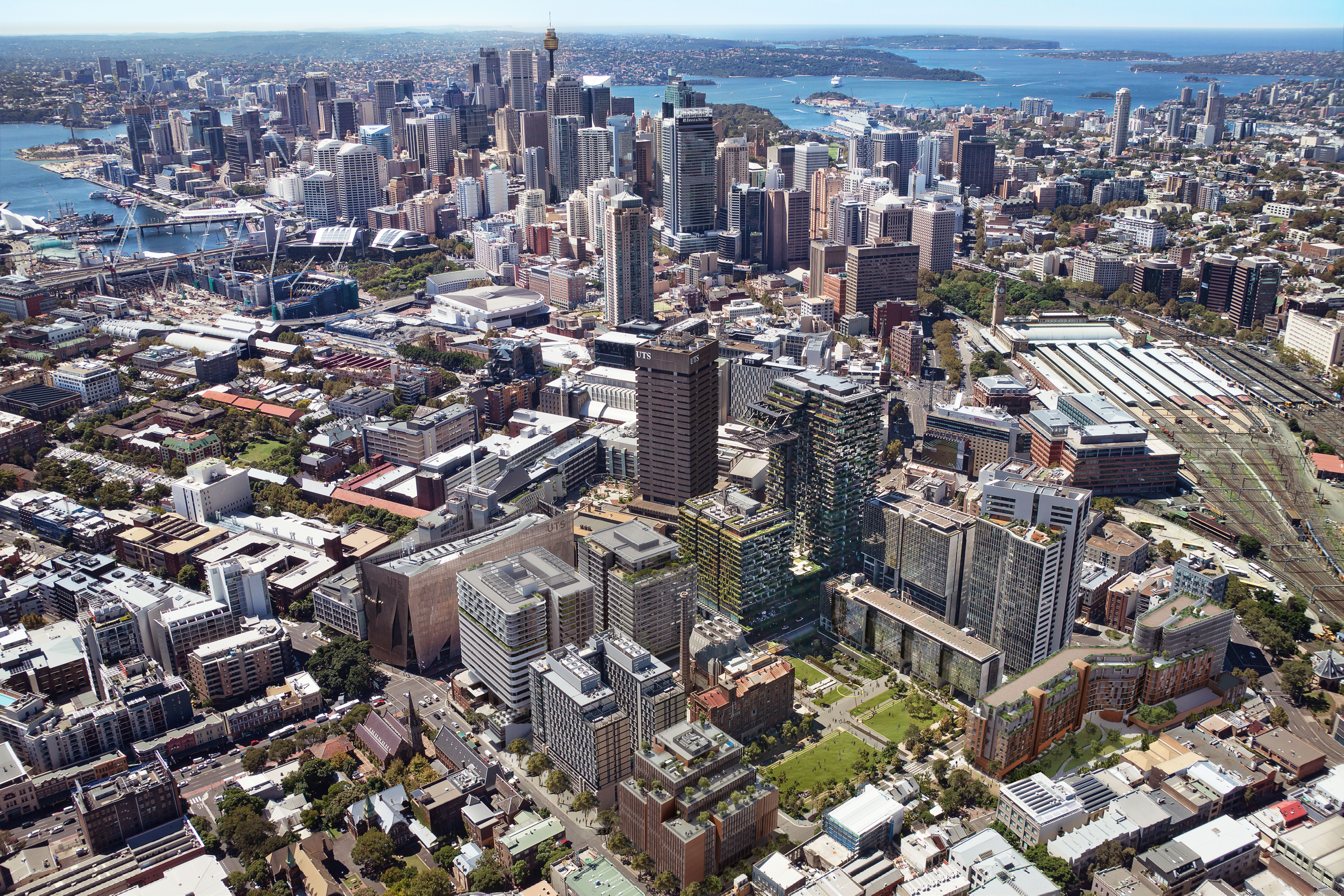An integrated and holistic approach to environmentally responsible architecture and design is at the core of our culture. We also understand the symbiotic relationships between and interconnectedness of all living beings. We consider the full life cycle of every project in the design process and conceive cradle to cradle propositions wherever possible to support the circular economy. Our work is founded on a deep knowledge of natural, technological, social and economic circumstances.
As stewards and contributing authors of the built environment, we understand our professional and social responsibility to drive the industry in a direction that aims beyond carbon neutral, targeting instead a new and regenerative paradigm. Our aim is to design for positive social and environmental urban change that heals Country for the sustenance of all living beings.
